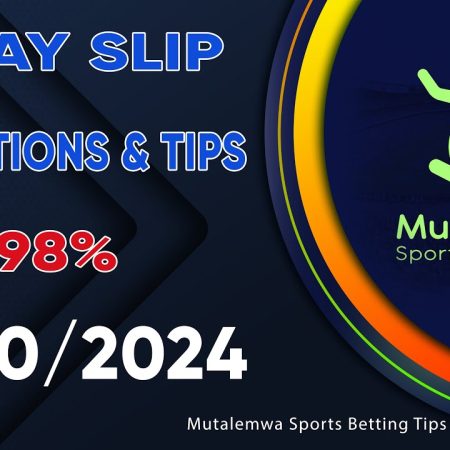Video Summary
Here is a summarized version of the article:
In the world of sports betting, there are two primary approaches: top-down and bottom-up. A top-down approach involves identifying a “source of truth” – typically a sharp sports book – and finding a better price elsewhere. This method is often referred to as “steam chasing” or “board cleaning”. On the other hand, a bottom-up approach involves building one's own opinion on a game's outcome, often through a model or qualitative analysis.
Top-down bettors rely on market-moving information and adjust their bets accordingly, while bottom-up bettors create their own projections and then go shopping for the best line. Both methods have their pros and cons. Top-down bettors benefit from the efficiency of the market, scalability, and reduced domain knowledge requirements, but are also more time-intensive and may be less effective in less efficient markets. Bottom-up bettors, on the other hand, have more control over their analysis, are stronger in inefficient markets, and have more opportunities for origination, but require more resources, education, and domain knowledge.
Ultimately, the choice between top-down and bottom-up betting depends on individual preferences and goals. While top-down betting can generate steady profits in the long run, bottom-up betting provides a more subjective, dynamic approach. Regardless of the approach, it is essential to quantify one's edge and manage risk effectively.
There are two major methods to bet sports successfully. You can either be Top Down or Bottom Up. Which way to bet sports is the …
There are two major methods to bet sports successfully. You can either be Top Down or Bottom Up. Which way to bet sports is the …
















